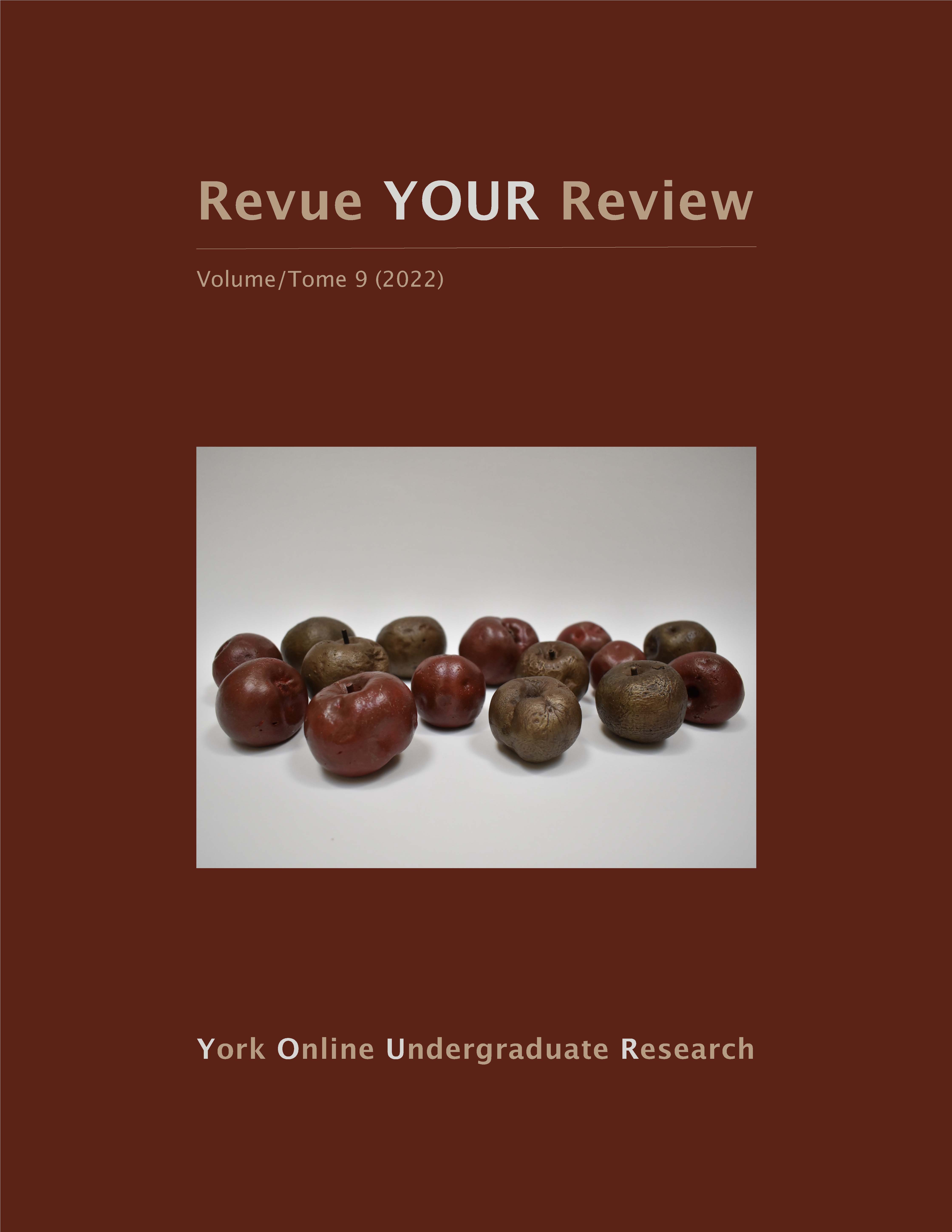eHealth in the 21st Century: The Case of the FitBit Versa2
Abstract
Healthcare systems across the globe face increasing incidences of non-communicable diseases which elevate the global burden of disease. Policymakers are beginning to investigate reform to improve the healthcare system and meet the growing demand (Public Health Ontario, 2019). Wearable technology can potentially cause a shift in physician and self-directed care. Current discourse surrounding the incorporation of wearable technology into the healthcare system heavily focuses on the costs. Although this is a central component to understanding and addressing the issue, it lacks contextual depth. This study frames the debate around wholesale aspects of wearable technology to include its strengths, weaknesses, opportunities, and threats through an exploration of the data collection mechanisms, privacy structures, and other aspects in place. This investigation revealed that the Fitbit Versa 2 is an innovative method of tracking key fitness and health metrics, a good motivation tool for individuals who are interested in their health, and a compact and affordable option for individuals with disposable income. The analysis determined the Fitbit’s strengths includes providing timely data which empowers patients to take control of their health. Yet, these strengths are coupled with some significant weaknesses such as the high price tag on both the initial device purchase and recurrent costs, in addition to the inability to deliver specialized insights to users. All in all, as non-communicable diseases chronically overwhelm healthcare systems and the population alike, Fitbit can emerge as a tool to transform users’ lives and lighten the load on the system.
Downloads
Published
How to Cite
Issue
Section
License

This work is licensed under a Creative Commons Attribution-NoDerivatives 4.0 International License.
Authors contributing to Revue YOUR Review agree to release their articles under one of three Creative Commons licenses: Creative Commons Attribution 4.0 International; Creative Commons Attribution-NonCommercial 4.0 International; or Creative Commons Attribution-NoDerivatives 4.0 International. All editorial content, posters, and abstracts on this site are licensed under Creative Commons Attribution-NoDerivatives 4.0 International. For further information about each license, see:
https://creativecommons.org/licenses/
In all cases, authors retain copyright of their work and grant the e-journal right of first publication. Authors are able to enter into other contractual arrangements for the non-exclusive distribution of the e-journal's published version of the article (e.g., post it to an institutional repository or publish it in a book or in another journal), with an acknowledgement of its initial publication in this e-journal.


